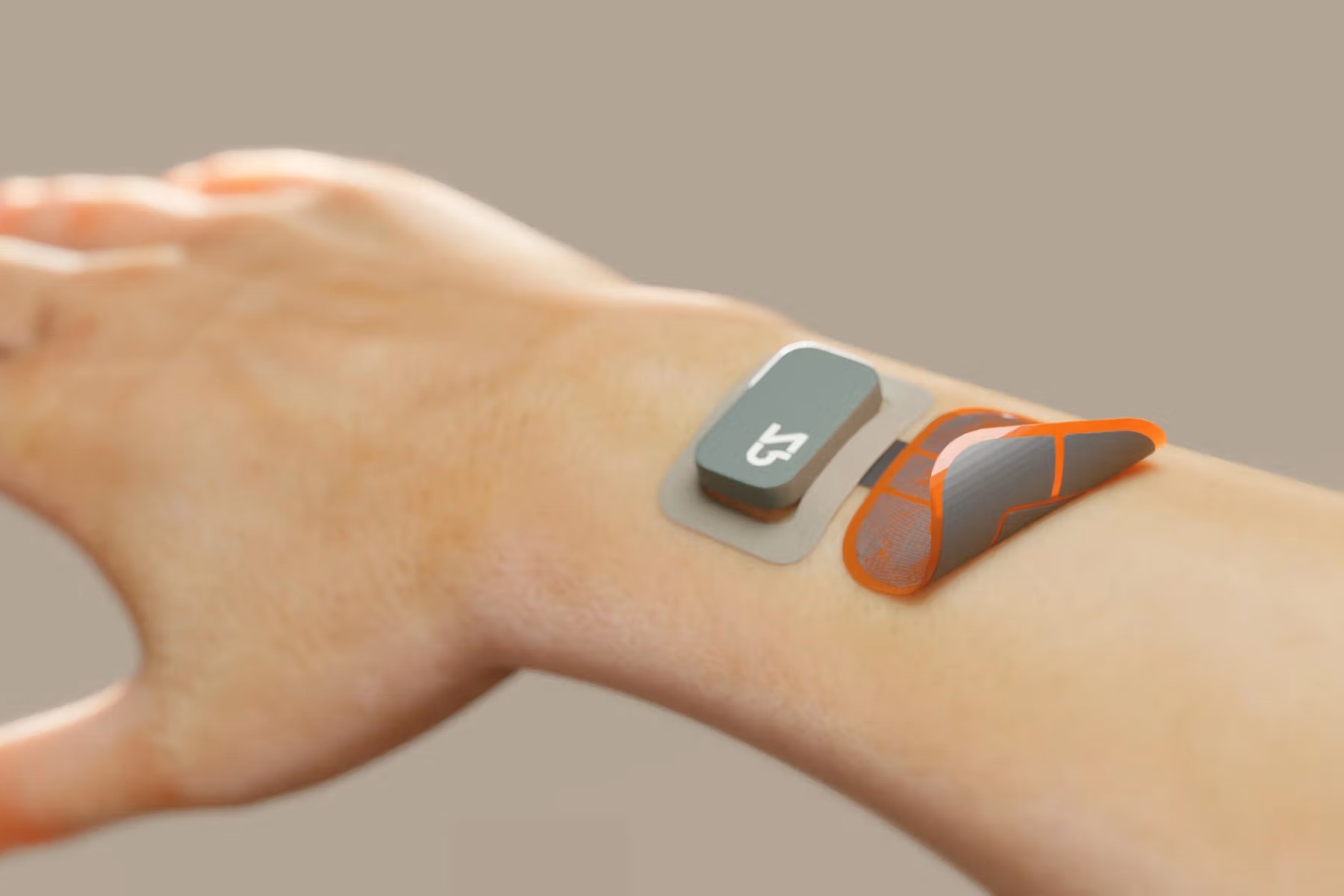
Biosensors are incredible devices that combine biology and technology to detect and measure various substances. These gadgets have revolutionized fields like healthcare, environmental monitoring, and food safety. But what exactly makes them so special? Biosensors use biological elements, such as enzymes or antibodies, to interact with specific chemicals. This interaction produces a signal, often electrical, that can be measured and analyzed. Imagine a tiny device that can detect glucose levels in your blood or identify pollutants in water. Biosensors are not just futuristic gadgets; they are already part of our daily lives, making things safer and more efficient. Ready to learn more? Here are 25 fascinating facts about biosensors that will blow your mind!
What Are Biosensors?
Biosensors are devices that combine a biological component with a physicochemical detector to measure a chemical substance. They have a wide range of applications, from medical diagnostics to environmental monitoring.
- Biosensors can detect specific biological molecules, such as proteins, DNA, or enzymes.
- They often use bioreceptors like antibodies, nucleic acids, or cells to recognize the target substance.
- Transducers in biosensors convert the biological response into an electrical signal.
- Electrochemical biosensors are the most common type, using electrodes to measure changes in electrical properties.
- Optical biosensors use light to detect changes in the biological element.
- Thermal biosensors measure changes in temperature caused by biochemical reactions.
Applications in Healthcare
Biosensors play a crucial role in healthcare by providing quick and accurate diagnostics. They help in monitoring various health conditions and detecting diseases at an early stage.
- Glucose biosensors are widely used by diabetics to monitor blood sugar levels.
- Pregnancy tests are a common example of biosensors, detecting the hormone hCG in urine.
- HIV tests use biosensors to detect antibodies against the virus.
- Cancer diagnostics benefit from biosensors that detect specific tumor markers.
- Wearable biosensors can monitor vital signs like heart rate and oxygen levels in real-time.
- Point-of-care testing devices use biosensors for rapid diagnostics outside traditional lab settings.
Environmental Monitoring
Biosensors are also essential in monitoring environmental conditions. They help detect pollutants and ensure the safety of natural resources.
- Water quality can be assessed using biosensors that detect contaminants like heavy metals or pathogens.
- Air quality monitoring uses biosensors to measure pollutants such as carbon monoxide and sulfur dioxide.
- Soil health can be evaluated with biosensors that detect nutrient levels and contaminants.
- Biosensors can detect harmful algal blooms in water bodies, protecting aquatic life.
- Pesticide detection in agriculture is made easier with biosensors, ensuring food safety.
Industrial Applications
In industries, biosensors improve processes and ensure product quality. They are used in various sectors, from food production to pharmaceuticals.
- Food safety is enhanced with biosensors that detect pathogens like E. coli and Salmonella.
- Fermentation processes in brewing and winemaking use biosensors to monitor microbial activity.
- Pharmaceutical manufacturing benefits from biosensors that ensure the purity and potency of drugs.
- Bioprocess monitoring uses biosensors to optimize the production of biochemicals.
- Quality control in the cosmetic industry employs biosensors to test for contaminants and ensure product safety.
Future of Biosensors
The future of biosensors looks promising with advancements in technology. They are becoming more sensitive, portable, and user-friendly.
- Nanotechnology is enhancing biosensor sensitivity and specificity.
- Smartphone integration allows biosensors to be more accessible and user-friendly.
- Wearable technology is making biosensors more convenient for continuous health monitoring.
The Future of Biosensors
Biosensors are changing the game in healthcare, environmental monitoring, and even food safety. These tiny devices can detect diseases early, monitor pollutants, and ensure the food we eat is safe. They’re becoming more affordable and accessible, making them a crucial tool for both professionals and everyday folks. With advancements in technology, biosensors are getting smarter, faster, and more accurate. Imagine a world where you can monitor your health in real-time or detect contaminants in your water with a simple device. That’s the promise of biosensors. As research continues, we can expect even more innovative applications. So, whether you’re a tech enthusiast or just curious about the future, keep an eye on biosensors. They’re not just a trend; they’re a glimpse into a smarter, healthier world.
Was this page helpful?
Our commitment to delivering trustworthy and engaging content is at the heart of what we do. Each fact on our site is contributed by real users like you, bringing a wealth of diverse insights and information. To ensure the highest standards of accuracy and reliability, our dedicated editors meticulously review each submission. This process guarantees that the facts we share are not only fascinating but also credible. Trust in our commitment to quality and authenticity as you explore and learn with us.
